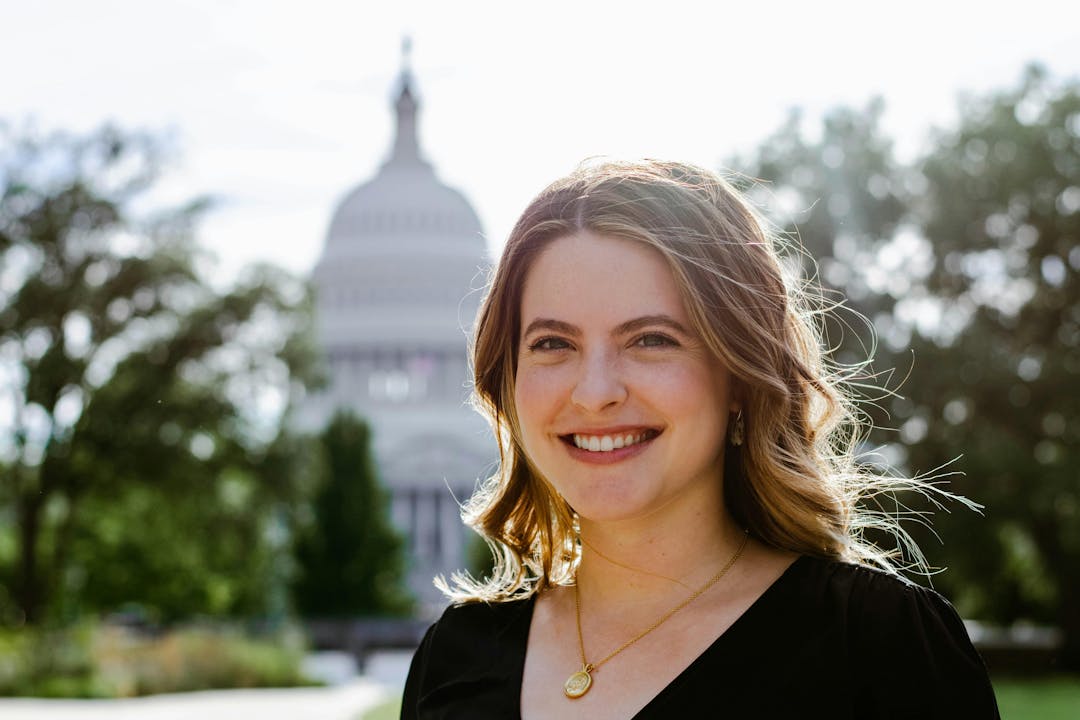How to create journey maps to improve EX (Employee Experience)
A gap between employee desires and company priorities
All too often, leaders neglect to understand employee behavior, and instead invest in financial perks to improve the employee experience. As a consequence, workers can feel like they’re a part of a transaction rather than a working relationship.1
This has contributed to “the great resignation” - when nearly 57 million Americans quit their jobs between January 2021 and February 2022.2 This trend isn’t just US-specific: 43% of employees across the globe were thinking of leaving their jobs in 2022.3
Journey mapping can help
Journey mapping has become a useful and popular tool in both user experience (UX) and marketing. It encompasses creating a visual map detailing all the processes that an individual goes through in order to reach a goal.4
To create a journey map, you first compile all of the relevant actions into a timeline, then add in user thoughts and emotions, and then condense the timeline to create a visualization.4 Understanding the ins-and-outs of a user’s journey uncovers pain points that service-providers can eliminate or revamp.
References
- De Smet, A., Dowling, B., Mugayar-Baldocci, M., & Schaninger, B. (2021, September 8). ‘Great Attrition’ or ‘Great Attraction’? The choice is yours. McKinsey & Company. https://www.mckinsey.com/business-functions/people-and-organizational-performance/our-insights/great-attrition-or-great-attraction-the-choice-is-yours
- Ferrazzi, K., & Clementi, M. (2022, June 22). The Great Resignation Stems from a Great Exploration. Harvard Business Review. https://hbr.org/2022/06/the-great-resignation-stems-from-a-great-exploration
- Great Expectations: Making Hybrid Work Work. (2022). Microsoft. https://www.microsoft.com/en-us/worklab/work-trend-index/great-expectations-making-hybrid-work-work
- Gibbons, S. (2018, December 9). Journey Mapping 101. Nielsen Norman Group. https://www.nngroup.com/articles/journey-mapping-101/
- Howard, T. (2014). Journey mapping: A brief overview. Communication Design Quarterly, 2(3), 10–13. https://doi.org/10.1145/2644448.2644451
- Schäfer, C., Zinke, R., Künzer, L., Hofinger, G., & Koch, R. (2014). Applying Persona Method for Describing Users of Escape Routes. Transportation Research Procedia, 2, 636–641. https://doi.org/10.1016/j.trpro.2014.09.106
- Emmett, J., Komm, A., Moritz, S., & Schultz, F. (2021, September 30). This time it’s personal: Shaping the ‘new possible’ through employee experience. McKinsey & Company. https://www.mckinsey.com/business-functions/people-and-organizational-performance/our-insights/this-time-its-personal-shaping-the-new-possible-through-employee-experience
- Emmett, J., Schrah, G., Schrimper, M., & Wood, A. (2020, June 29). COVID-19 and the employee experience: How leaders can seize the moment. McKinsey & Company. https://www.mckinsey.com/business-functions/people-and-organizational-performance/our-insights/covid-19-and-the-employee-experience-how-leaders-can-seize-the-moment
- Morgan, J. (2017, March 10). Why the Millions We Spend on Employee Engagement Buy Us So Little. Harvard Business Review. https://hbr.org/2017/03/why-the-millions-we-spend-on-employee-engagement-buy-us-so-little
- Lee, L. (2021, July 29). You Have Customer Journey Maps—What About Employee Journey Maps? The 360 Blog from Salesforce. https://www.salesforce.com/blog/employee-journey-maps/
- Wowk, A. (2020, December 1). 6 steps to mapping the employee journey at your organization. Qualtrics. https://www.qualtrics.com/blog/employee-journey-mapping/
- Holliday, M. (2021, January 29). How to: Employee Experience Journey Mapping. Oracle NetSuite.https://www.netsuite.com/portal/resource/articles/human-resources/employee-experience-journey-mapping.shtml
About the Authors
Lindsey Turk
Lindsey Turk is a Summer Content Associate at The Decision Lab. She holds a Master of Professional Studies in Applied Economics and Management from Cornell University and a Bachelor of Arts in Psychology from Boston University. Over the last few years, she’s gained experience in customer service, consulting, research, and communications in various industries. Before The Decision Lab, Lindsey served as a consultant to the US Department of State, working with its international HIV initiative, PEPFAR. Through Cornell, she also worked with a health food company in Kenya to improve access to clean foods and cites this opportunity as what cemented her interest in using behavioral science for good.
Dr. Sekoul Krastev
Dr. Sekoul Krastev is a decision scientist and Co-Founder of The Decision Lab, one of the world's leading behavioral science consultancies. His team works with large organizations—Fortune 500 companies, governments, foundations and supernationals—to apply behavioral science and decision theory for social good. He holds a PhD in neuroscience from McGill University and is currently a visiting scholar at NYU. His work has been featured in academic journals as well as in The New York Times, Forbes, and Bloomberg. He is also the author of Intention (Wiley, 2024), a bestselling book on the science of human agency. Before founding The Decision Lab, he worked at the Boston Consulting Group and Google.
About us
We are the leading applied research & innovation consultancy
Our insights are leveraged by the most ambitious organizations
“
I was blown away with their application and translation of behavioral science into practice. They took a very complex ecosystem and created a series of interventions using an innovative mix of the latest research and creative client co-creation. I was so impressed at the final product they created, which was hugely comprehensive despite the large scope of the client being of the world's most far-reaching and best known consumer brands. I'm excited to see what we can create together in the future.
Heather McKee
BEHAVIORAL SCIENTIST
GLOBAL COFFEEHOUSE CHAIN PROJECT
OUR CLIENT SUCCESS
$0M
Annual Revenue Increase
By launching a behavioral science practice at the core of the organization, we helped one of the largest insurers in North America realize $30M increase in annual revenue.
0%
Increase in Monthly Users
By redesigning North America's first national digital platform for mental health, we achieved a 52% lift in monthly users and an 83% improvement on clinical assessment.
0%
Reduction In Design Time
By designing a new process and getting buy-in from the C-Suite team, we helped one of the largest smartphone manufacturers in the world reduce software design time by 75%.
0%
Reduction in Client Drop-Off
By implementing targeted nudges based on proactive interventions, we reduced drop-off rates for 450,000 clients belonging to USA's oldest debt consolidation organizations by 46%





















